We live in one of the richest countries with the most advanced technology in the world. We had 60 years of peace and prosperity to free education and health care for all.
Our homes are full of labor-saving devices and electronic entertainment that previous generations could not even dream of. Surely our children are happier increasing every year?

Well no. According to figures published last month, one in ten now suffers from a mental health problem clinically recognized, and earlier this year, a UNICEF report on "the welfare of the child" found that about 21 countries around British children in the developed world are most unhappy.
A damning survey by the National Consumer Council reported Mail revealed that children who watch too much television and spend hours on the Internet are "greedy and unhappy."
"These children speak with their families, have a lower opinion of their parents, and lower self-esteem than other children," said the report.
Even Gordon Brown moved to comment its determination to stop the "erosion of childhood."
So how this misfortune occur?
Well, there is evidence increasingly multiplication behavior problems in our schools today, even among very young children in primary schools. But many unfortunate to be calm, to bottle their children from poverty, and symptoms do not appear until adolescence.
Once again we see the proof: the UK has the worst drug problems, excessive drinking by minors and equality in Europe.
We are also near the top of international research for antisocial behavior, self-harm and eating disorders.
And according to data from the Public Policy Research Institute, last year 24,000 young people have attempted suicide - which is one every 22 minutes.
So what happens? After researching the state of modern childhood for more than five years, I am confident that, as our country has grown richer and more "advanced" growth, we lose sight of some fundamental truths about parenting .
We came to believe that 21 children of the world are different from children in the past - they can manage with less time and attention of parents, accelerate development and to face the charges and emotional pressures children should not have to face.
The brutal truth is they can not. Life may have changed much in recent decades, but the human brain evolves much more slowly - in fact, has not changed since the time of Cro-Magnon.
All babies are born as little babies Stone Age, and it is the parents - with the support of the community at large - to help them mature gradually equip with inner strength, skills and knowledge they need to live in a complex technological culture.
We can not let this matter, we can not opt for it as individuals or as a society, and we can not waste bits on.
All adults in Britain - including politicians and businessmen that determine many aspects of our daily lives - must recognize that children's basic development needs has not changed over the millennia.
The most obvious are physical food, shelter and sleep.

"The explosion of obesity" in recent years shows that society - parents, manufacturers, distributors, even schools that feed Turkey Twizzlers kids - they have lost sight of the importance of healthy eating recent decades.
As for housing, who deceived overprotection, keep children wrapped in cotton to keep them "safe" and thus denying them essential opportunities to learn from the experience of real life - in fact continue their bikes and fresh air puff .
And in a 24/7 culture, where the dream has been marginalized by the electronic entertainment sparkles night, children can also get less sleep than any other time in human history.
Another basic need for emotional stability of the children who come to feel loved and safe.
Small babies, who can not feed or take care of themselves, need to know that someone cares for them at all times, and are programmed to recognize and respect that "someone" by sight, sound, smell, etc. . .
Thus, the caregiver must be a loving and constant constant presence in the life of the child.
We have a lot stolen puts many small children in daycare so that parents can go to work and feed the economy, rather than the baby.
As children grow, emotional security is associated regular, routine, such as family meals and familiar bedtime ritual.
Children need adults to not only love, but to provide regularly and to establish and maintain limits on their behavior. So parents must balance the heat with a degree of firmness.
This type of balanced breeding is very difficult when adults are exhausted by juggling work and domestic responsibilities or - in a materialistic society based on a philosophy "want" - do not know where the boundaries are to be developed.
If a child is used for dinner with the television every night, how do you tell them they can not do it because he finally realized that you never talk at all?
Or if, like millions of children have a television in their room, they see the end of the night, as they are taken to insist that, as they have exhausted every day?
It is even more difficult if, because of the pressures of modern life, marriage of a parent collapses or attempt to create a single child.
Children also need to learn communication skills, another key element in the emotional and social development.

This begins from the moment they were born, and is an important part of the union with the caregiver that supports the emotional development.
As parents sing and talk to their babies, awakening the instinct wired deep into the language of the human brain and provide data through which children learn to speak their native language.
But if adults do not spend time with their children, communication skills will not develop as they should - and, in the busy modern world, many parents are not available to play its role in this process.
Many children now spend most of their day in care.
At home, babies are often sitting in front of a baby monitor, and as they grow, there is the problem of older children who have a TV in their room, meaning that even when the family is in the same building, its members are split off each.
Ironically, in a world where there are more ways to communicate than ever, parents communicate less with their children.
There is another absolutely essential ingredient if children are increasingly strong in body and mind - the lives of many children are virtually eradicated in the great concern of developmental psychologists,.
They have to play. They also have to play in a relaxed manner, without structure, preferably outside with other children and - as they age - far from the eyes of an eagle to adults.
The need for the game is embedded in the DNA of all higher animals - lions, for example, are programmed to play the game, the game rod and playFight to solve their place in the family hierarchy.
If you learn these life skills through the game Leo, the species would disappear.
Human children develop physical control and coordination by running, jumping, climbing, jumping or kicking a soccer ball.
Get a first hand experience of the world they will live, making mud pies or wading pools or stirring in a sand box, kart done at home or climb a tree.
These experiments support the understanding of the world that are based science and human learning - No games, education is also built on quicksand.
Without playing too much, it is likely that the imagination and creativity of children is delayed.
So, too, their social skills. It is by playing with other children - without interference from adults - that young people learn to make friends, resolve conflicts, work collaboratively and actually prevent small enemies.
They also learn to take "security risks" and make their own judgments, developing independence and self-sufficiency.
As for the games, our society has not only the eye of the ball, he lost control of it.
Our paranoid obsession "health and safety", many parents now keep their children locked inside a sedentary life based on the screens.
"Play" is set in a PlayStation, Game Boy into one, and children often spend their days watching TV without thinking.
This terrible scenario was the subject of the report by the National Consumer Council this week as found in millions of homes "seems to be always present, especially during meals screen."
As the Prime Minister said, this "child is exposed to very aggressive advertising pressures."
This creates a generation of mini-consumers who want everything they see on the screen and equate happiness with materialism.
"Safe" in their rooms, our young people learn about the lives of people they see on the screen - pop stars, celebrities and other care-seekers - and the army anonymous traders behind these screens.
And the message of these celebrities and retailers is that happiness comes from being rich and famous, the last property Musthave products, and a "cool" lifestyle.
All these changes in the lifestyle of children are rapid social and cultural change side, driven by new technologies and consumption of one of the consequences of society increasingly competitive.
Nobody expected - in fact, we were so rushed off our feet do not realize they occur - but together hold a cocktail toxic side effects "of progress."
The statistics now emerging - I was talking about earlier - about the mental health of children should act as a wake up call to parents, politicians and the nation as a whole.
Because they are increasingly a land of peace and abundance, misfortune is not a natural state for our children.
Of course, there are some unfortunate souls genetically predisposed to depression, but most people develop a natural resistance. Natural fear toughness becomes absent in today's children, because the development needs described above are not met.
Unfortunately, children face challenges today are also highly toxic.
Two other side effects of cultural change were the strong increase in marketing pressure on children and a simultaneous increase in pressures they face at school. We now live in a culture of winners and losers.
Meanwhile, the obsession with competition also infects primary schools, which abound with evidence, objectives and achievements rankings even for young children.
Children now face a maximum of 70 academic tests before age 16 We have our offspring for this High stakes rats educational career at an earlier age than in any other country, and many engage in formal learning at the tender age four.
At this age, many children (especially boys) are not physically competent to hold a pencil, much less write.
However, now that we have become aware of the problem of childhood unhappiness, there is no reason why we can not find a solution.
Since we know what it takes to open happy, successful, healthy children (the recipe is now ratified by Neuroscience Research decades), such an advanced society like ours should be able to provide it.
A good start would be to organize the market, which is now more and more predator against children, and to change the culture goals and primary school tests.
Our consumer culture, with the breakup of extended families and greater mobility, has been broken in the last set of trusted communities.
Parents, teachers and other members of the community must find ways to re-forge an "alliance for adults" in your community to help families raise their young.
The primary responsibility for the education of children, however, is - as always - with parents.
They must realize, no longer paralyzed by a combination of rapid change, uncertainty and guilt, and finding new ways to provide healthy family life insurance for your children.
None of this is rocket science, but in terms of the future of our nation is more important than rocket science.
Unless very soon we will begin participating in the welfare of our children (our children) and to address the mental health problems growing, the next generation can not be bright enough or balanced to maintain our healthy economy and our nation as a whole
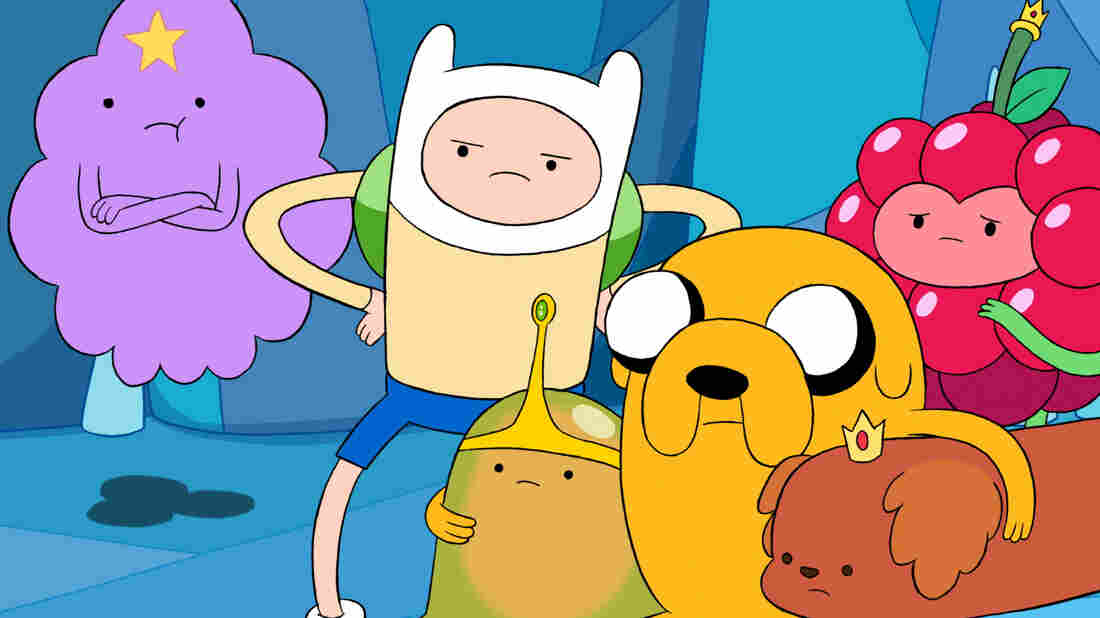 i
i 
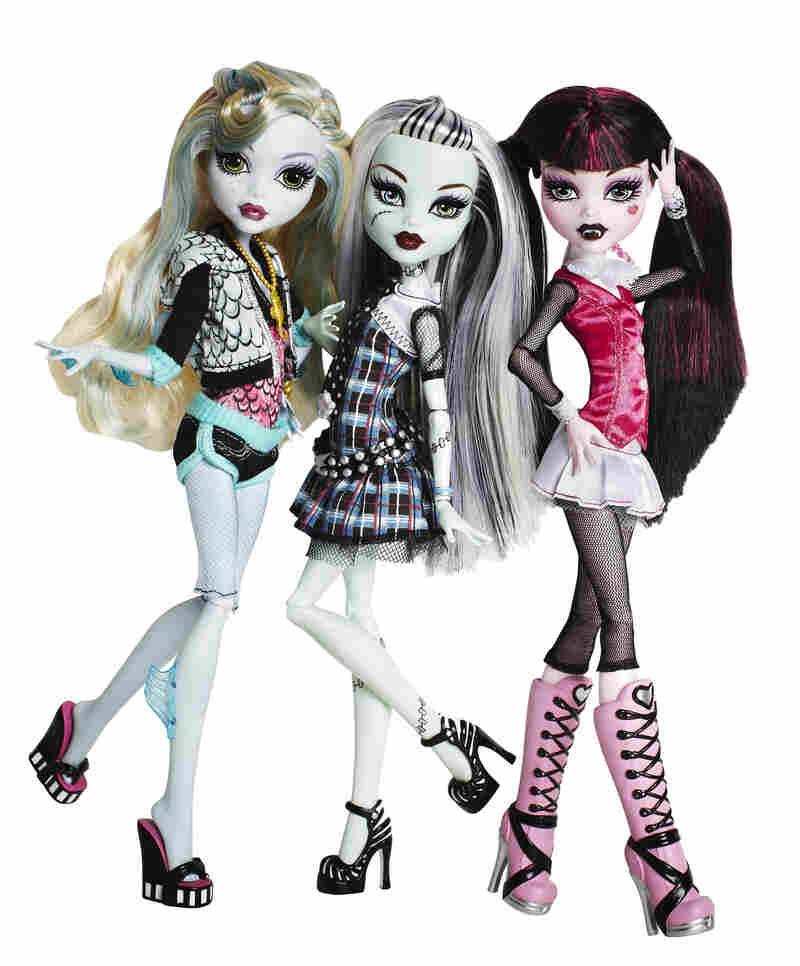 i
i 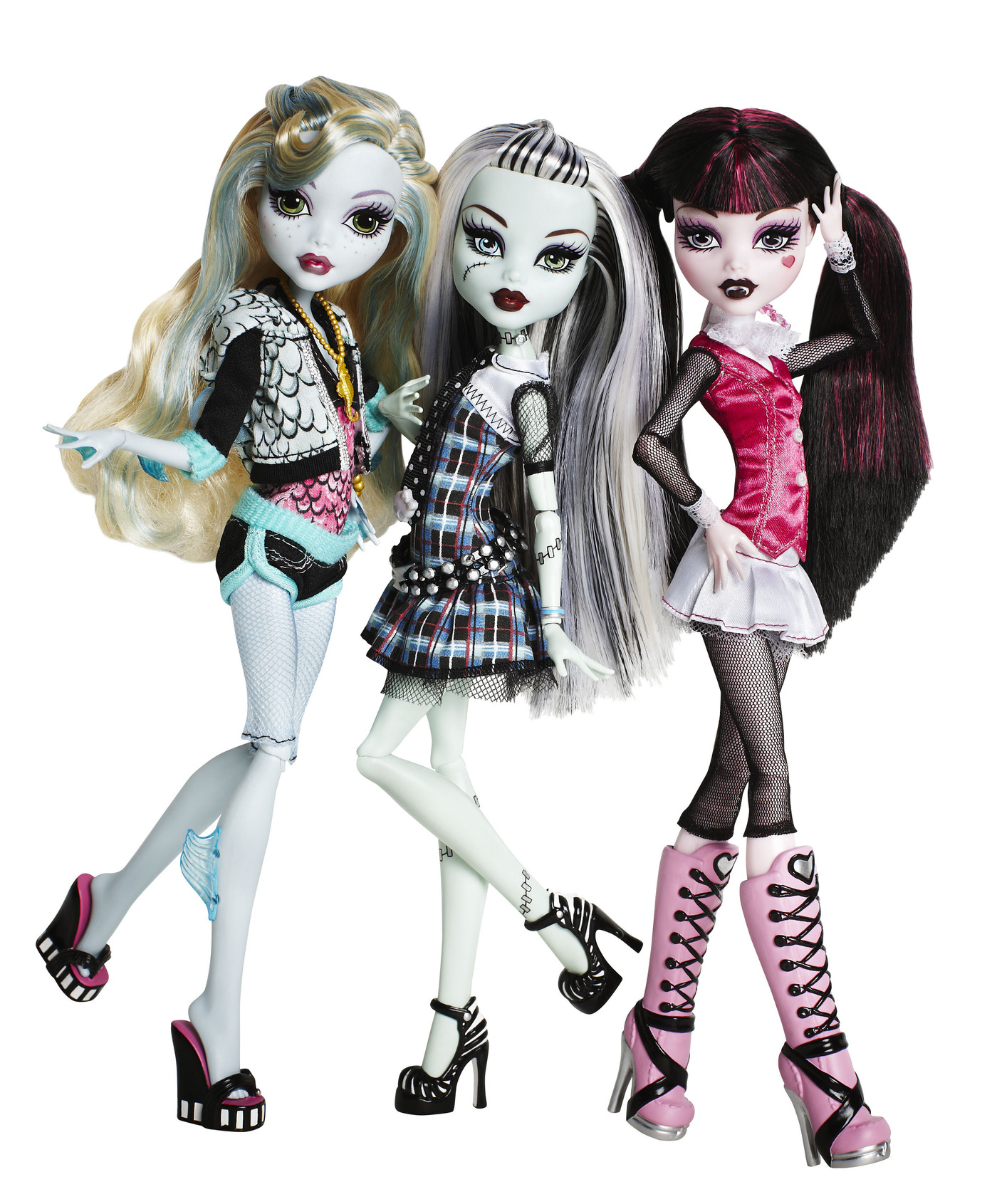

 i
i 
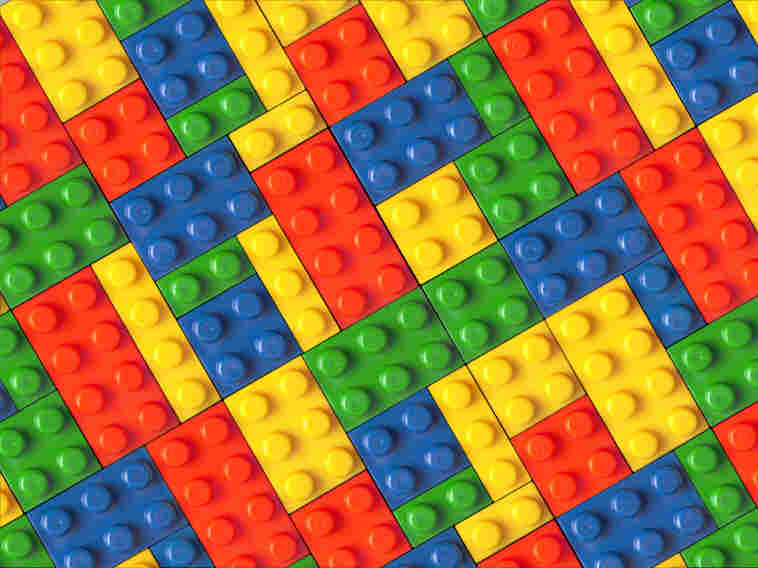 i
i 
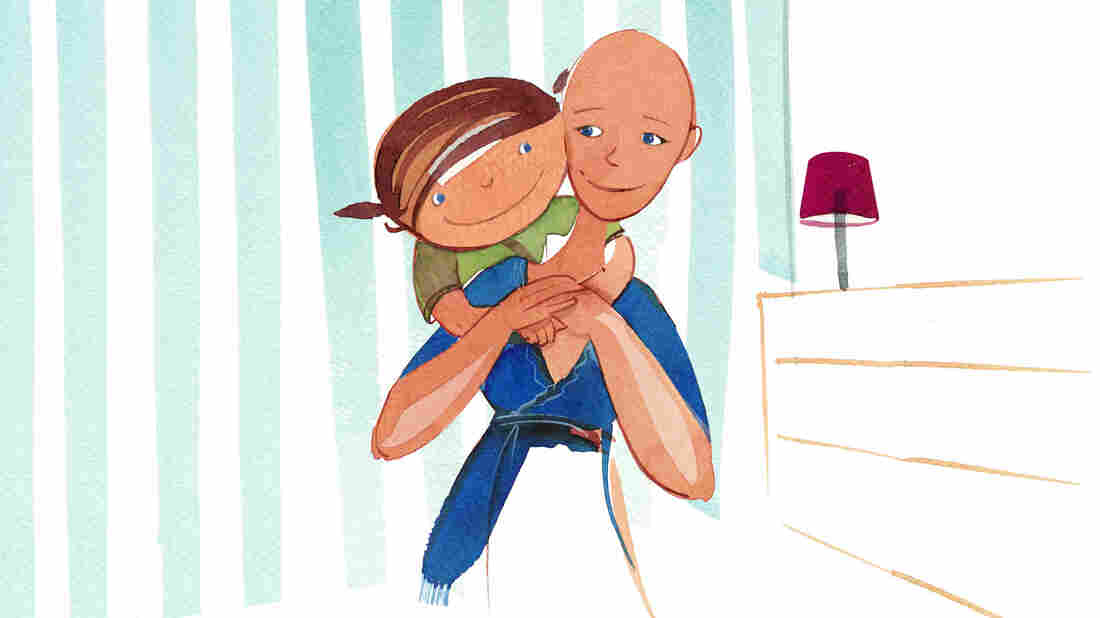 i
i 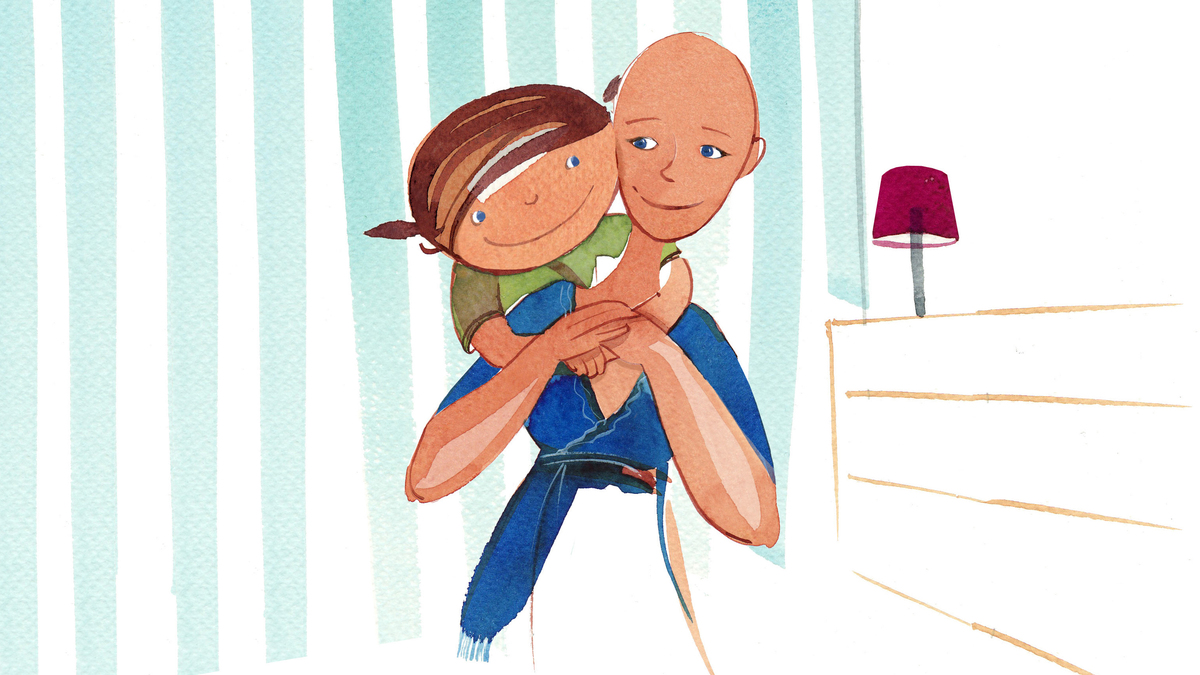
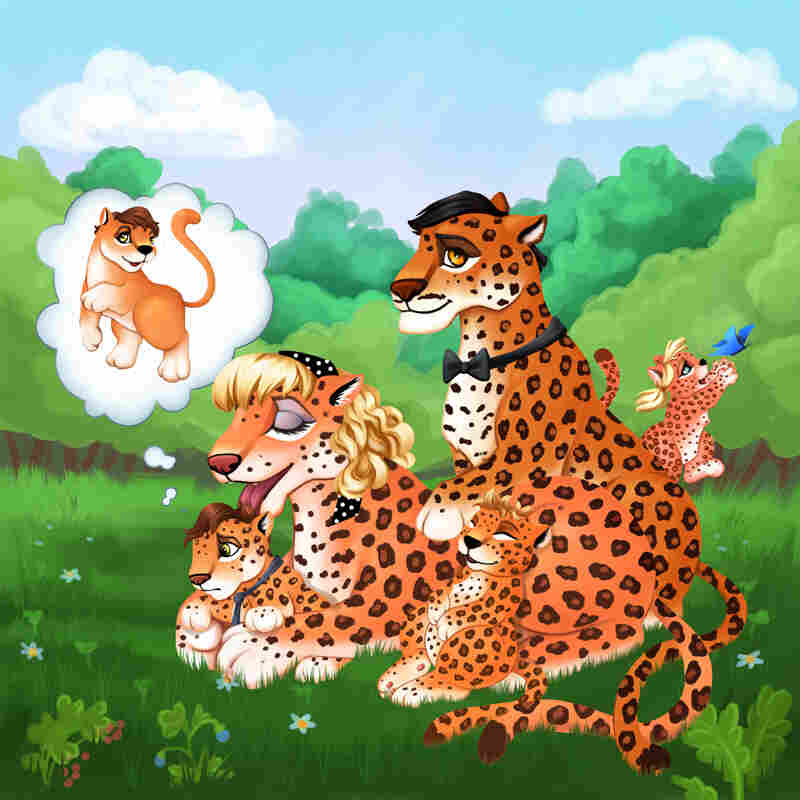 i
i 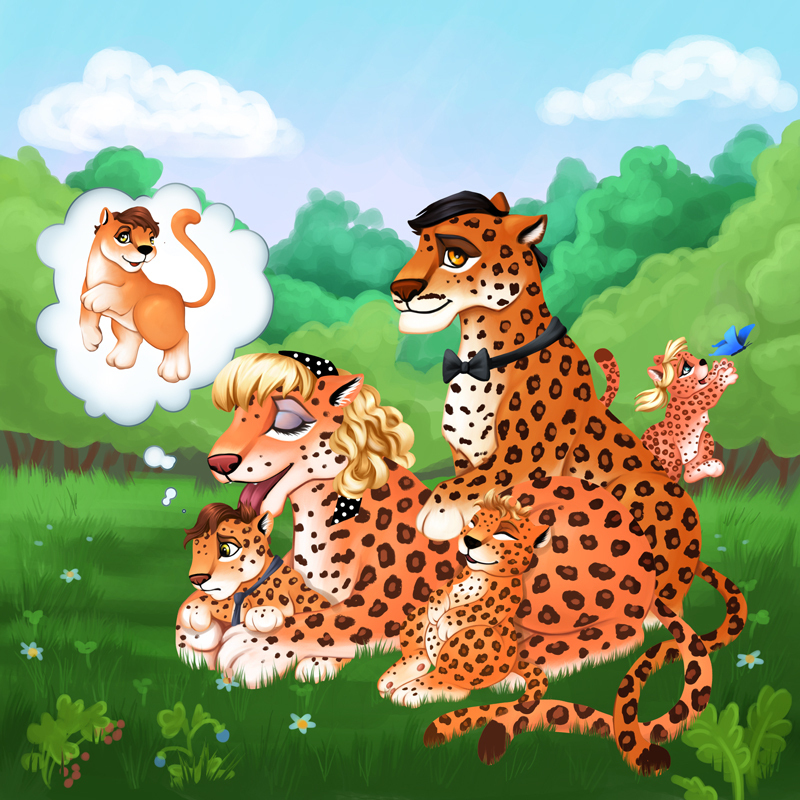
 i
i 
 i
i 